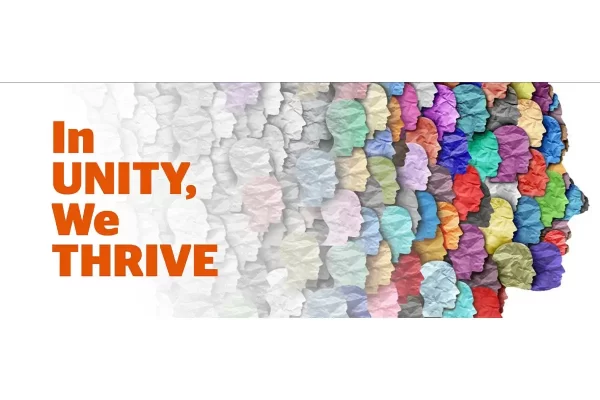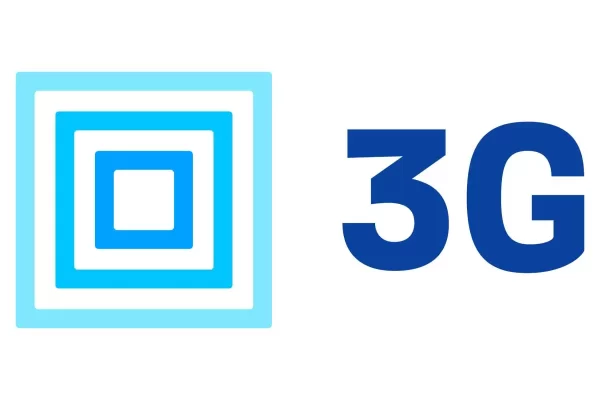by Guy Zwick
As tradeshows have come back with more of a punch than ever, one thing has become abundantly clear: Exhibitors have to drastically switch up their approach or risk being crushed by the competition. To that end, my company recently met with two different global brands in preparation for their upcoming tradeshow seasons.
While very similar to one another in industry, product and size, the two companies ultimately made very different decisions about their event strategies. Here’s how their results shook out (Note: Company names have been removed to protect the innocent and not pile on to the guilty’s further embarrassment).
Company “A”: Sticking With The Old Way
A technology company worth more than $8.5 billion, this brand was no stranger to tradeshow circuits. They had a robust lineup of events within specific markets, and needed help creating a booth design that could attract attention and be customized to each audience segment.
We recommended custom architecture for each event, with unique tech and augmented presentation pieces (e.g., marquee pieces) to capture attendees’ interest at the end of each booth. We brainstormed and planned with this company, coming up with some really cool ideas that were sure to excite their audiences.
But, the powers that be decided they didn’t want to take these risks. They felt they couldn’t justify the spend it would require to build such designs, and ultimately chose to stick with the safe route–the way they used to show up to tradeshows. As such, they ended up putting a screen at the end of their booth and looping a video on it. In other words, they took zero chances and did nothing new. The result? Their global brand looks cheap and subpar at these events, and fails to ignite visitor interest.
This is a powerful lesson in priorities. The strategic planning around events turned into a budget exercise, rather than an exercise in impact, and unfortunately, the ROI they get from these tradeshows will show that.
Company “B”: Revitalizing & Revving Up
On a significantly less depressing note, let’s consider Company B. This technology company, worth more than $36 billion, also had an ambitious tradeshow calendar. Similar to Company A, they were planning to exhibit at a variety of events in different verticals, so they also wanted a booth design that could attract attention and be customized to each audience segment. This is where all similarities between the companies end.
Company B made the decision to go all-in. They wanted big results from their tradeshow efforts, and they knew that’d mean taking risks and making an investment upfront. So, we helped them create custom icon pieces for every show. For an auto show, as an example, we built a replica of a Tesla charging station, and then illuminated it. This glowing, high-end display could be used by their sales managers throughout the show. At the next event, they could swap in another high-end, custom marquee piece that we created for that specific audience.
Previously, their team would have their engineers bring their product and plug their laptops into a screen, so they could all demo it. Snooze-inducing, to be sure, not to mention completely forgettable. But now, with this revamped approach and renewed investment, each team member had an elevated, unique experience to offer the attendees that stopped by.
The result? Their global brand gets ooh’s and ahh’s in the moment, and visitors want to stay a while at their booth. Not only is attendee interest ignited by these displays, but sales are, too. And, the company’s reputation will shine brighter than all of the competition, fueled by a bolder vision and willingness to invest in the promise of better outcomes.
Final Thoughts
This story is true, as both of these companies are 100% real, highly respected global brands. Both of them are similar in size and industry, and they have similar resources to tap into. And both were used to the same way of handling tradeshows.
But while Company A decided to keep doing the same thing, the rest of the world (including Company B) is moving forward. Company B’s decision to push the envelope will pay off and keep them at the head of the pack of their peers and in the highest standing in terms of reputation.
The moral of the story is this: Being tight-fisted and risk averse won’t get you anywhere with tradeshows. It never did in the past, but it absolutely won’t today. If you learn one thing, it’s to be like Company B: risk big, fund big and get big results.
Guy Zwick graduated from Arizona State University with a BSBA in political science, then immediately gravitated toward new business development. He had success developing and maintaining new relationships with an impressive list of companies until one day, on Highway 85 somewhere near Mexico, Guy had an epiphany. An entrepreneur and a visionary, he followed his heart and formed Highway 85 Creative in 2005. Since then, the company has grown and matured in the only way it can. Clients keep coming on board and with glowing candor. Connect with him at www.highway85creative.com.






























